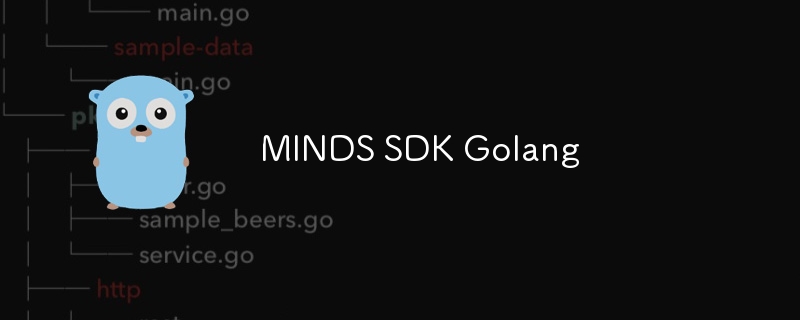
Golang 函数处理 Web 错误
在 Go 中处理 Web 错误至关重要,因为它可以提供有价值的信息并帮助用户正确处理错误。本教程将指导您如何使用 Go 函数优雅地处理 Web 错误。
1. 定义错误处理函数
首先,您需要定义一个函数来处理错误。该函数应具有 http.ResponseWriter 和 *http.Request 作为输入参数。
立即学习“go语言免费学习笔记(深入)”;
func handleWebError(w http.ResponseWriter, r *http.Request) {
// 编写您的错误处理逻辑
}2. 使用中间件
中间件是一个函数,它在路由处理程序之前执行。您可以使用中间件来记录和处理所有传入请求的错误。
func errorHandlingMiddleware(next http.Handler) http.Handler {
return http.HandlerFunc(func(w http.ResponseWriter, r *http.Request) {
defer handleWebError(w, r)
// 调用下一个处理程序
next.ServeHTTP(w, r)
})
}3. 使用 HTTP 状态码
当您处理 Web 错误时,使用适当的 HTTP 状态码非常重要。一些常见的错误状态码包括:
- 400 错误请求
- 401 未经授权
- 403 禁止
- 404 未找到
- 500 服务器内部错误
您可以在 http.ResponseWriter 上设置状态码,如下所示:
w.WriteHeader(http.StatusNotFound)
4. 返回 JSON 响应
您可以返回 JSON 响应来提供有关错误的更具体信息。使用 encoding/json 包将 error 信息编组为 JSON 格式。
jsonError := map[string]string{"error": "Not found"}
jsonBytes, _ := json.Marshal(jsonError)
w.Header().Set("Content-Type", "application/json")
w.Write(jsonBytes)实战案例
以下是一个处理 404 错误的示例函数:
func handleNotFoundError(w http.ResponseWriter, r *http.Request) {
w.WriteHeader(http.StatusNotFound)
jsonError := map[string]string{"error": "Not found"}
jsonBytes, _ := json.Marshal(jsonError)
w.Header().Set("Content-Type", "application/json")
w.Write(jsonBytes)
}要使用此函数,您可以将它作为路由处理程序传递给 http.HandleFunc。
以上就是Golang 函数如何处理 Web 错误?的详细内容,更多请关注php中文网其它相关文章!






